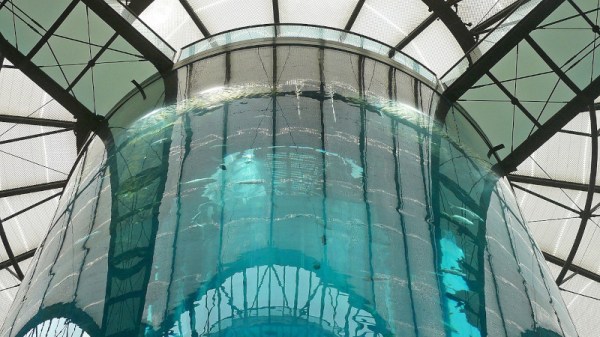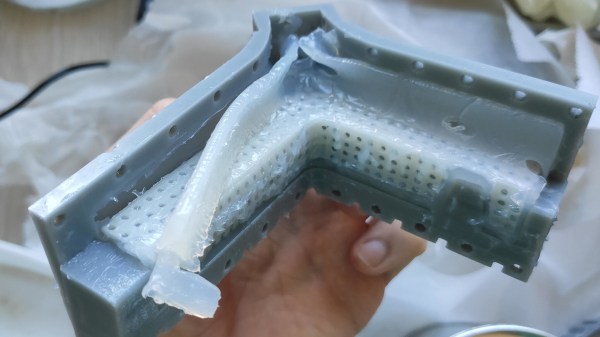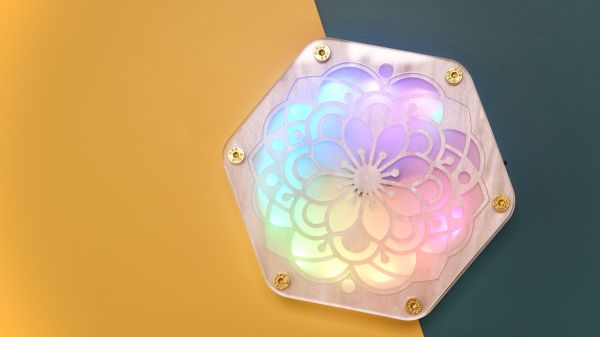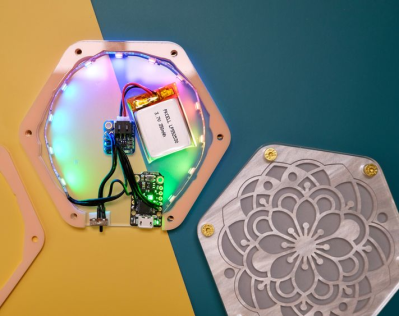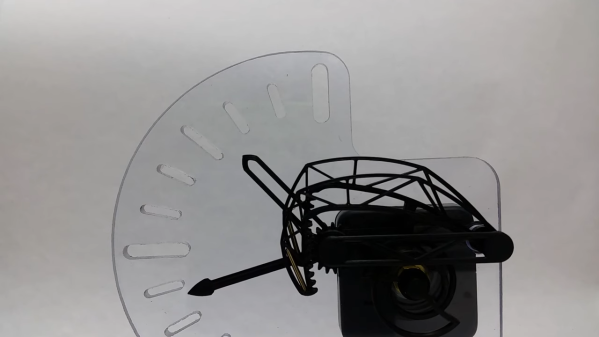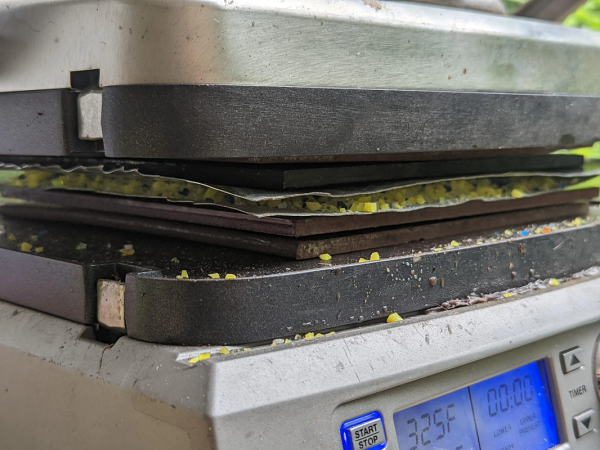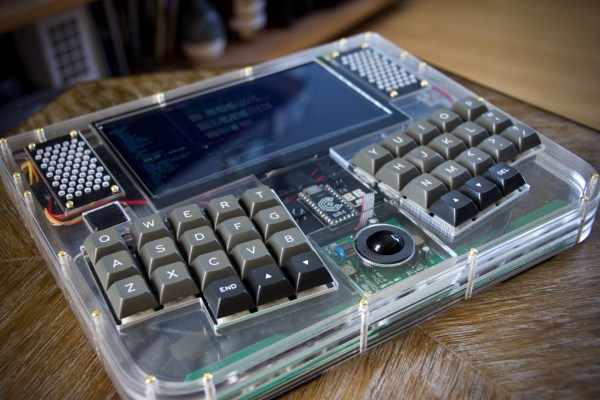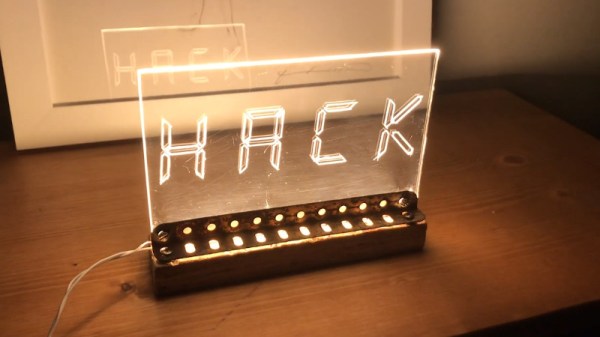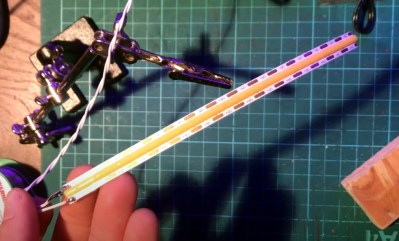At the end of last week Aquadom, the world’s largest cylindrical aquarium, unexpectedly shattered and caused an emergency as it flooded both the Berlin hotel that housed it and the surrounding streets. From an engineering perspective it’s a fascinating story, because its construction was such that this shouldn’t have happened. We have an analysis of what might have gone wrong from [Luis Batalha] (Nitter), and from it we can learn a little about the properties of the plastic used.
The aquarium was made of an acrylic polymer which has an interesting property — at a certain temperature it transitions between a glass-like state and a rubber-like one. Even at room temperature the acrylic is well below the transition temperature, but as the temperature drops the acrylic becomes exponentially more brittle. When the outside temperature dropped to well below zero the temperature also dropped in the foyer, and the high water pressure became enough to shatter the acrylic.
Sadly few of the fish from the aquarium survived, but fortunately nobody was killed in the incident. News coverage shows how the force of the water destroyed the doors and brought wreckage into the street, and we’re guessing that it will be a while before any other hotel considers such a project as an attraction. Meanwhile we’ve gained a little bit of knowledge about the properties of acrylic, which might come in handy some day.
Header: Chrissie Sternschuppe, CC BY-SA 2.0.

